- Johnson Controls
- Building Insights
- Iconic partnerships that powered progress and innovation
Iconic partnerships that powered progress and innovation
Visionaries like Edison, Grinnell, Johnson, and Rockefeller didn’t just dream – they built the future.
These iconic visionaries shaped the world and are all part of our 140-year story.
The Johnson Controls story is an epic one, taking you from a Wisconsin school to the surface of the moon. Along the way, you encounter world-changing partnerships, innovators, inventors and heroes.
Warren Johnson – iconic inventor and founder of Johnson Controls
Our story began 140 years ago with Warren Johnson, a Wisconsin teacher who invented the room thermostat. That amazing breakthrough led to the founding of his own company in 1885.
He went on to earn over 50 patents, and now his company – Johnson Controls – is a world leader in smart building innovation.
In 1898, we installed a temperature system in the University of Wisconsin’s new historical library, preserving our story for generations. The building still houses the Wisconsin Historical Society – and our history – today.
Frederick Grinnell – a forefather of the fire sprinkler
Grinnell is not only a proud part of our story, he is still influencing our modern solutions through ideas he had back in the 19th century.
A true innovator, he invented one of the earliest automatic fire sprinklers and founded the Johnson Controls Grinnell Automatic Sprinkler Company. This laid the foundations for modern fire suppression as we know it and in fact, these ideas still form the basis of many of our latest and most innovative fire suppression products.
In his lifetime, Grinnell secured over 40 patents for sprinkler designs.
Did you know?Grinnell’s glass disc sprinkler – invented in 1890 – is still in use today.
Thomas Edison, America’s most iconic inventor
A generation later, Grinnell's genius would kickstart our partnership with another innovation icon.
In 1914, a huge fire destroyed much of Thomas Edison’s New Jersey lab. As he rebuilt, he turned to our engineers. Here began a partnership that shaped a safer future and still echoes through our fire protection systems today.
We worked directly with Edison himself on the breakthrough quartz bulb sprinkler head – an alternative to the standard solder-based design – delivering non-corrosive durability, faster heat sensitivity and stronger internal pressure resistance.
Visiting Edison’s lab in 1921, our engineers spent time with Edison reviewing the choice of thermal expansion fluid. He recommended a class of chlorinated hydrocarbons, particularly triplicate chlorides, for their high expansion, low freezing point and non-combustibility.
By 1922, our sprinkler systems had been installed in Edison’s own rebuilt lab – perhaps their strongest endorsement ever.
John D. Rockefeller – American business icon
When you’re one of the USA’s most successful ever businessmen, downtime is precious.
In 1907, as John D. Rockefeller sought comfort in his private sanctuary, he turned to a quiet innovator from Milwaukee. Over six years, 76 thermostats brought precision and peace to one of the most powerful homes in America.
Rockefeller – founder of the Standard Oil Company and widely considered to be the wealthiest American of all time – partnered with Johnson Controls to add state-of-the-art temperature controls to his mansion in Pocantico Hills, about 25 miles north of New York City, where he spent the last years of his life in well-earned comfort.
Precision mattered to Rockefeller, and we delivered. The same commitment to room-by-room control now drives our building management systems in hospitals, hotels and mission-critical facilities around the world.
John D. Rockefeller Jr – leading businessman and philanthropist
After having such a great relationship with John D. Rockefeller, we were honored to later support his son as he built the family’s philanthropic legacy.
The United Nations (UN) officially opened its permanent headquarters in Manhattan, New York City on May 18, 1951. The site was bought and donated by John D. Rockefeller Jr and Johnson Controls were called in to make the building smarter. We installed the thermostats to control over 2,500 individual room air conditioning units in the 39-story Secretariat building, as well as the interior building’s central air conditioning.
The new headquarters would help the UN deliver its aims to protect international law, security, economic development, social progress, human rights issues, and achieve world peace.
Thomas Shipley – Johnson Controls York President and war hero
He may have been the little brother of Johnson Controls York founder William Shipley, but Thomas truly left his own iconic stamp on our history. Becoming leader after his brother passed away, Thomas had an idea that would travel far beyond York headquarters and become a key part of his legacy.
The "York Plan", which Thomas devised during World War II, aided cooperation among manufacturers to "do more with less", minimize the cost of retooling for war production and fulfill government defense contracts more efficiently. It revolutionized US WWII strategy and soon became the model for the national war production effort.
Shipley helped shape York into the largest refrigeration manufacturer in the US, setting the pace for modern HVAC innovation and efficiency.
A man on the Moon: realizing JFK’s dream
US President John F. Kennedy had a dream in 1961: land a crew on the Moon and return to earth. We helped make his dream a reality by the end of the decade.
Our solutions were at the heart of NASA’s Vehicle Assembly Building (VAB) at Kennedy Space Center, where Saturn V rockets propelled Apollo astronauts toward the Moon. Inside the VAB, precision climate control was critical. Without it, condensation, corrosion and thermal expansion could compromise delicate components or even derail rocket assembly.
We installed four 2,500-ton York Turbomaster chillers and state-of-the-art pneumatic controls to safeguard the assembly process, ensuring every Apollo launch reached for the stars.
On July 20, 1969, 650 million people watched Commander Neil Armstrong’s televised steps on the Moon and heard his iconic line: “One small step for a man, one giant leap for mankind.”
Dr. Jonas Salk – pioneer of the Polio Vaccine
When Dr. Jonas Salk and his team developed a vaccine for polio – one of the most-feared diseases in the world in the mid-20th century – our work was crucial to get it into the right hands (in the right condition) and save lives.
Recognizing the importance of maintaining precise environmental conditions for vaccine production, Johnson Controls installed critical temperature-regulating apparatus at Eli Lilly & Company’s Indianapolis facility, in the incubation rooms where the virus was grown. Our products kept temperatures at a constant 96°F to produce this life-saving vaccine.
Our partnership helped reduce polio cases in the US by up to 90% in just two years.
Dwight D. Eisenhower – the Cold War President
We played a key role in 34th US President Eisenhower’s plans to protect the nation at the height of the Cold War in the 1950s.
Soviet bombers were a major threat, and Eisenhower’s government planned to reinforce our air defense systems. On January 11, 1954, the US Air Force approved construction of five Texas Towers – offshore facilities in the Atlantic Ocean providing long-range radar against a possible Soviet bomber attack.
We supplied the controls for the Towers' direct radiation, heating and ventilating units, as well as its chilled water system and exhaust fans.
Supporting heroic Pentagon staff on 9/11
Amid the tragedies that unfolded on September 11, 2001, stories of real heroism emerged. Among them is the remarkable response at the Pentagon, where quick-thinking staff led the systematic shutdown of the air conditioning system to contain the smoke.
The Pentagon’s facilities manager says a Johnson Controls building operations control center installed two months earlier let him close dampers to contain fire and smoke, potentially limiting further casualties.
We’re so proud of the role our people and solutions played in supporting the heroic response of those in the Pentagon on such a tragic day.
Presidential push for global sustainability
In 2006, Bill Clinton had a plan to make our cities more sustainable. He launched the Clinton Climate Initiative (CCI) and naturally, his first call was to a global leader in sustainable buildings.
Our work in 2009 helped the Empire State Building in New York City cut energy use by 38% and save millions in energy costs by upgrading the HVAC controls system.
It’s the latest in a long history with the building. Back in the 1950s, we installed compressors, air conditioning and temperature controls to help occupants breathe easily in the summer heat.
“Five years into the retrofit of the Empire State Building, we have seen carbon emission reductions and cost savings that show this is a model for the rest of the country.”
– President Bill Clinton
As we celebrate our 140th anniversary, these stories show innovation truly is in our DNA. Discover how these events through history have crafted Johnson Controls today into the world leader in smart building technology.








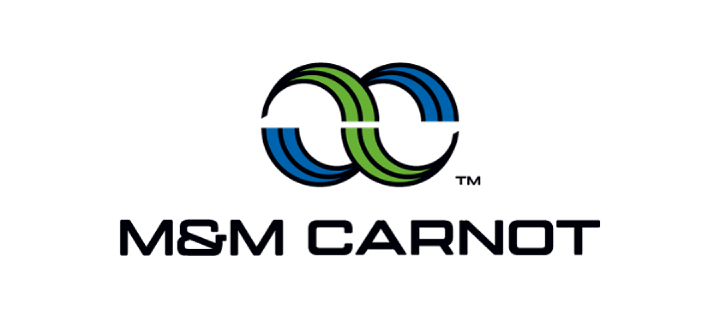
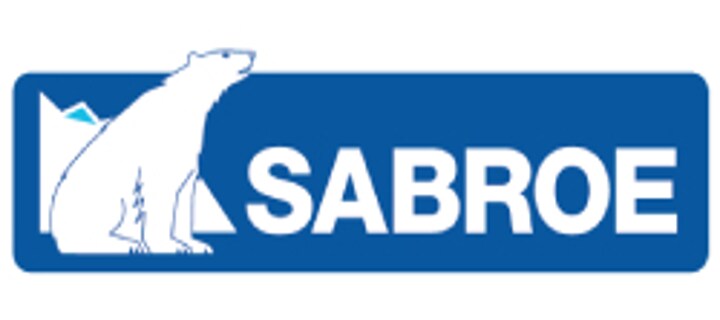





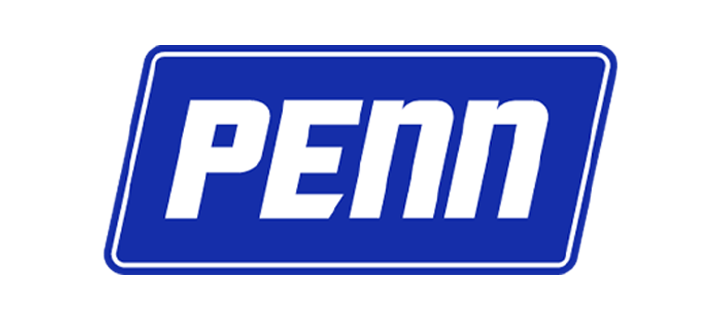

.jpg?la=en&h=320&w=720&hash=244C75B74F0F77521D56164450973BCD)


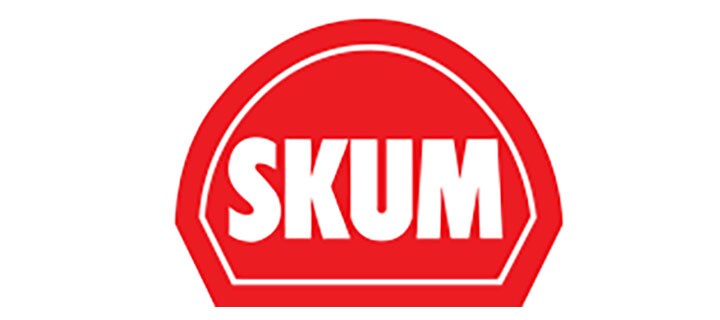


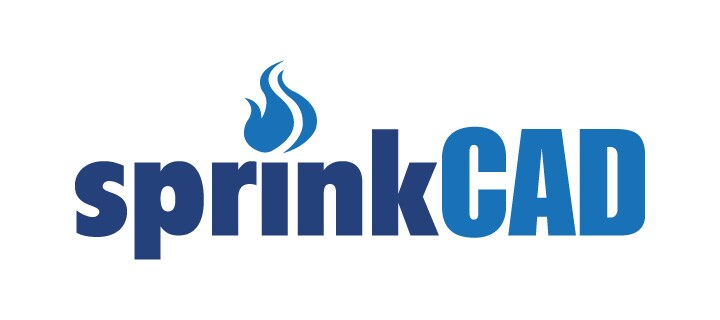
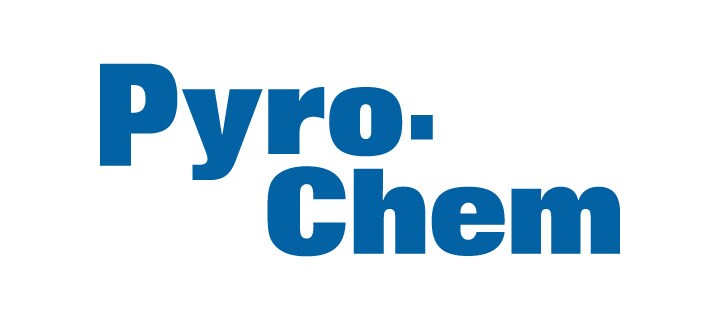







.jpg?la=en&h=310&w=720&hash=8D9823F26AA80B2B75C3E4B2E61770DC)


.jpg?la=en&h=320&w=719&hash=13CA7E4AA3E453809B6726B561F2F4DD)
.jpg?la=en&h=306&w=720&hash=F21A7CD3C49EFBF4D41F00691D09AEAC)

.png?la=en&h=320&w=720&hash=18CFCCD916C92D922F600511FABD775D)














